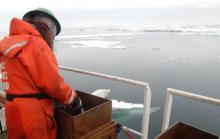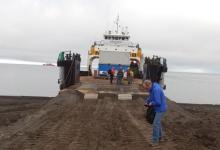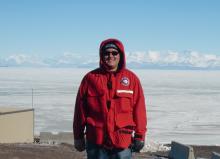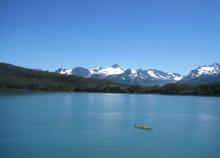Tectonic History of the Transantarctic Mountains 2013
What Are They Doing?
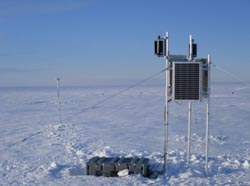 Seismic station on the ice
Seismic station on the ice
Antarctica plays a central role in global tectonic evolution. Competing theories have been put forward to explain the formation of the Transantarctic Mountains (TAMs) and the Wilkes Subglacial Basin (WSB), primarily due to a lack of information on the crustal thickness and seismic velocity of these areas. The research team has attempted to resolve how the TAMs and WSB originated and how their formation relates to Antarctica's geologic history. Since most of Antarctica is covered by large ice sheets, direct geologic observations could not be made; therefore, "remote sensing" methods like seismology had to be used to determine details about the earth structure.
The goal of this project, funded by the National Science Foundation, was to broaden our knowledge of geology in this region with a new seismic array; the Transantarctic Mountains Northern Network (TAMNNET), a 15-station array across the northern TAMs and the WSB that helped fill a major gap in seismic coverage. Data from TAMNNET was be combined with that from previous and ongoing seismic initiatives and was analyzed to generate an image of the seismic structure beneath the TAMs and the WSB.
While in the field, the team spent most of their time servicing the seismic stations that compose the new TAMNNET array. This included loading equipment onto small airplanes, flying to remote field locations, uncovering the deployed equipment, and checking for any maintenance issues. The first batch of data from the network was also retrieved during this time.

